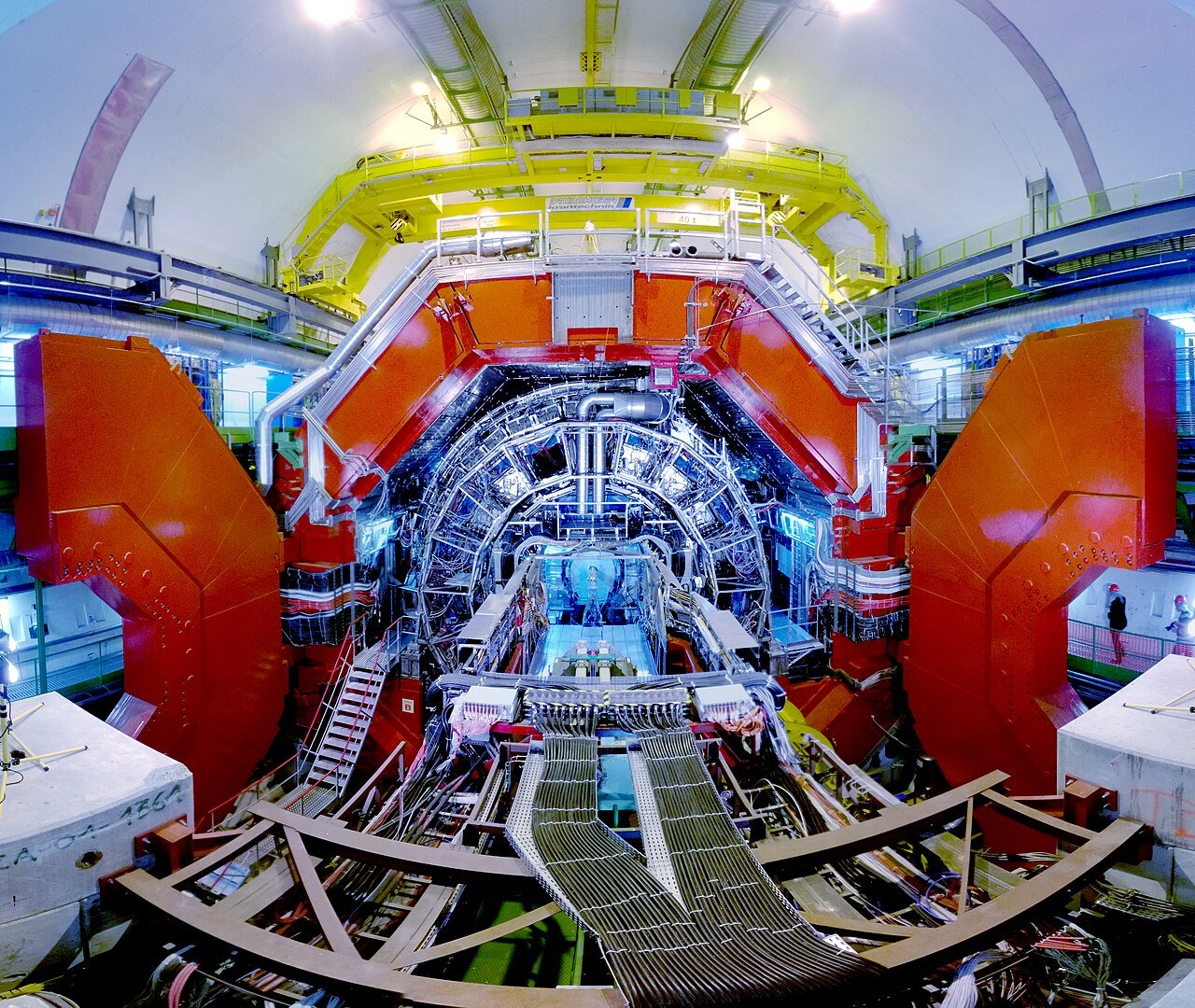

Scientists at CERN have turned lead into gold during high-speed experiments at the Large Hadron Collider (LHC), achieving a phenomenon once confined to ancient legend.
The findings, published by the ALICE collaboration in Physical Review Journals, confirm that gold atoms can form under extreme conditions created during heavy-ion collisions at the LHC. While the transformation is temporary and cannot be harnessed for practical use, it marks a major scientific milestone.
For centuries, alchemists have attempted to turn common metals into gold. This concept, once dismissed as pseudoscience, has now gained experimental footing. Researchers achieved the result by accelerating lead nuclei to nearly the speed of light. As the nuclei passed each other without direct contact, they generated powerful electromagnetic fields.
These fields triggered a rare event known as an ultra-peripheral collision, producing intense bursts of energy. The energy briefly disrupted the internal structure of the lead atoms, knocking out protons and neutrons. In rare cases, the lead nuclei lost exactly three protons, changing their atomic identity from lead (82 protons) to gold (79 protons).
Though the process had been theorized before, it had never been measured so precisely. The breakthrough came through using specialized sensors called Zero Degree Calorimeters, part of the ALICE experiment.
[Press Update] @ALICEexperiment detects the conversion of lead into gold at the LHC
Find out more: https://t.co/XyR8F6NjRo pic.twitter.com/WaiMF6q03q
— CERNpress (@CERNpress) May 8, 2025
These detectors tracked events where lead nuclei emitted up to three protons and at least one neutron, signaling the possible formation of new elements, including gold.
The ALICE team said gold production was the rarest outcome among various newly formed elements, but still measurable. At peak conditions, about 89,000 gold atoms were created every second during collisions. However, the atoms emerged with such high energy that they immediately collided with the collider’s inner walls, breaking apart almost instantly into smaller particles.
Between 2015 and 2018, during the LHC’s second run, researchers estimated the creation of roughly 86 billion gold atoms. Yet the total mass amounted to only 29 picograms—about 30 million times lighter than a grain of dust. Even with improved production in the collider’s current phase, the total volume remains scientifically interesting but practically negligible.
“It’s impressive to see how our detectors can record head-on collisions that generate thousands of particles, and at the same time be sensitive enough to detect events where only a few particles are involved,” said ALICE spokesperson Marco Van Leeuwen.
ALICE team member Uliana Dmitrieva credited the success to the precision of the calorimeters. Physicist John Jowett noted that the results offer valuable insight into particle beam behavior, helping researchers improve future accelerator designs and safety systems.
While no gold can be collected, the experiment offers a rare glimpse into the power of modern physics—and a nod to one of humanity’s oldest dreams.
